Planning a family trip can involve a lot of guessing, and even some worrying. You may ask yourself whether it will be a fun vacation for everyone, or question whether it will be too exhausting for the youngest, boring for the oldest, and even enjoyable for adults. The best way to ensure your travel meets everyone’s needs is to follow the lead of what inspires your kids, and to use that as a starting point to plan an epic experience — be it a day trip to the park, a week-long vacation, or even a longer stretch at summer camp.


How to Plan Family Epic Family Trips Based on Your Kids’ Passions
Nurture your budding scientist.
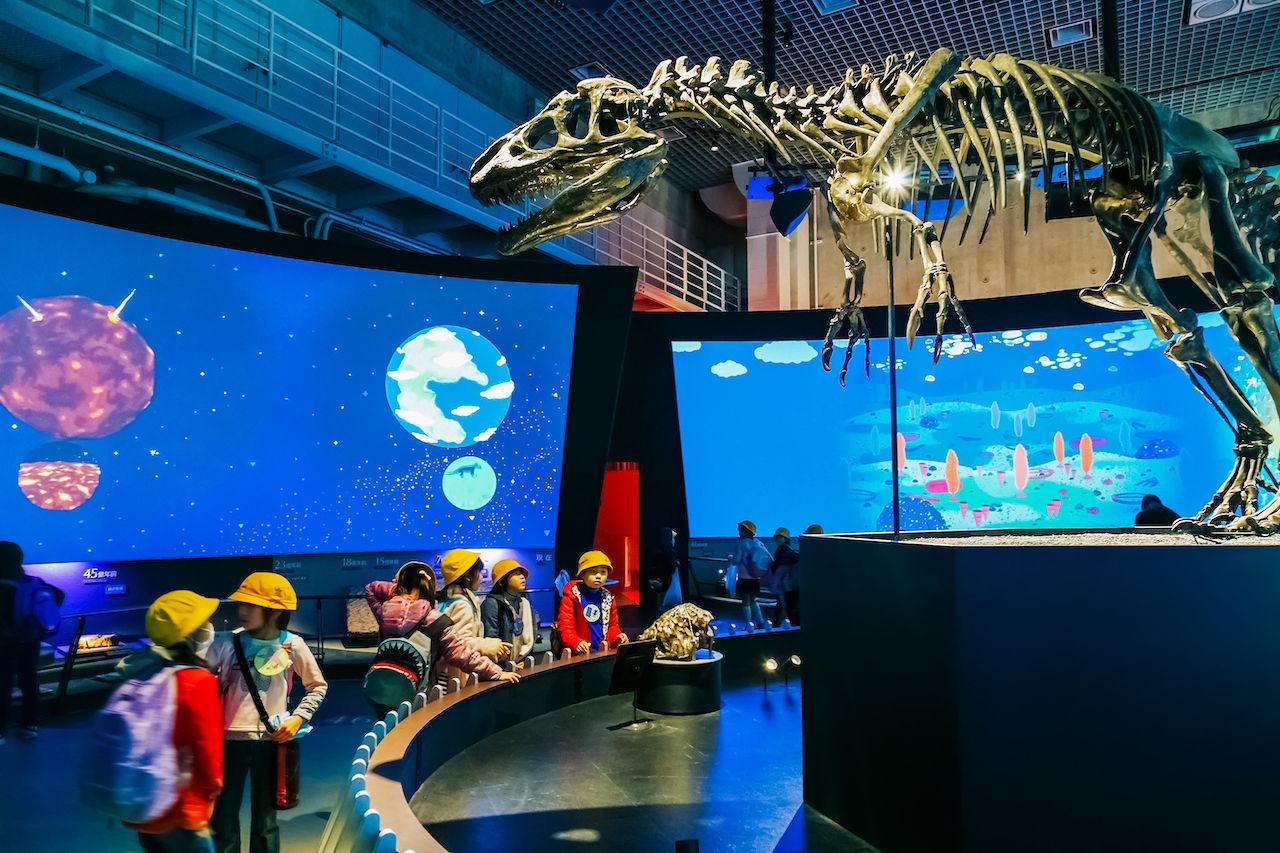
Photo: cowardlion/Shutterstock
If your kid is interested in science, planning travel is easy. You can find inspiring destinations almost anywhere, at science museums and also at universities, many of which have extensive collections, museums, and botanical gardens open to the public. They often have events as well. For example, on Darwin Day (February 12), the Essig Museum of the University of California at Berkeley shows off a special collection including specimens from the Galapagos.
Mining event calendars for the perfect exhibition or tour is easy, and almost any kid over eight can search online. The first-tier search may yield huge, well-known museums like the nearly 140-year-old Natural History Museum in London, the San Francisco Exploratorium, or the City of Science and Industry in Paris, the biggest science museum in Europe. But even outside these huge cities, you can find something up your science-minded kid’s alley. In Tucson, Arizona, you’ll find the Pima Air & Space Museum. Your child won’t soon forget the 377-SG Super Guppy with its 156-foot wingspan and 41,000-pound mass parked out to pasture in the dry desert air.
Engage their passion for history.
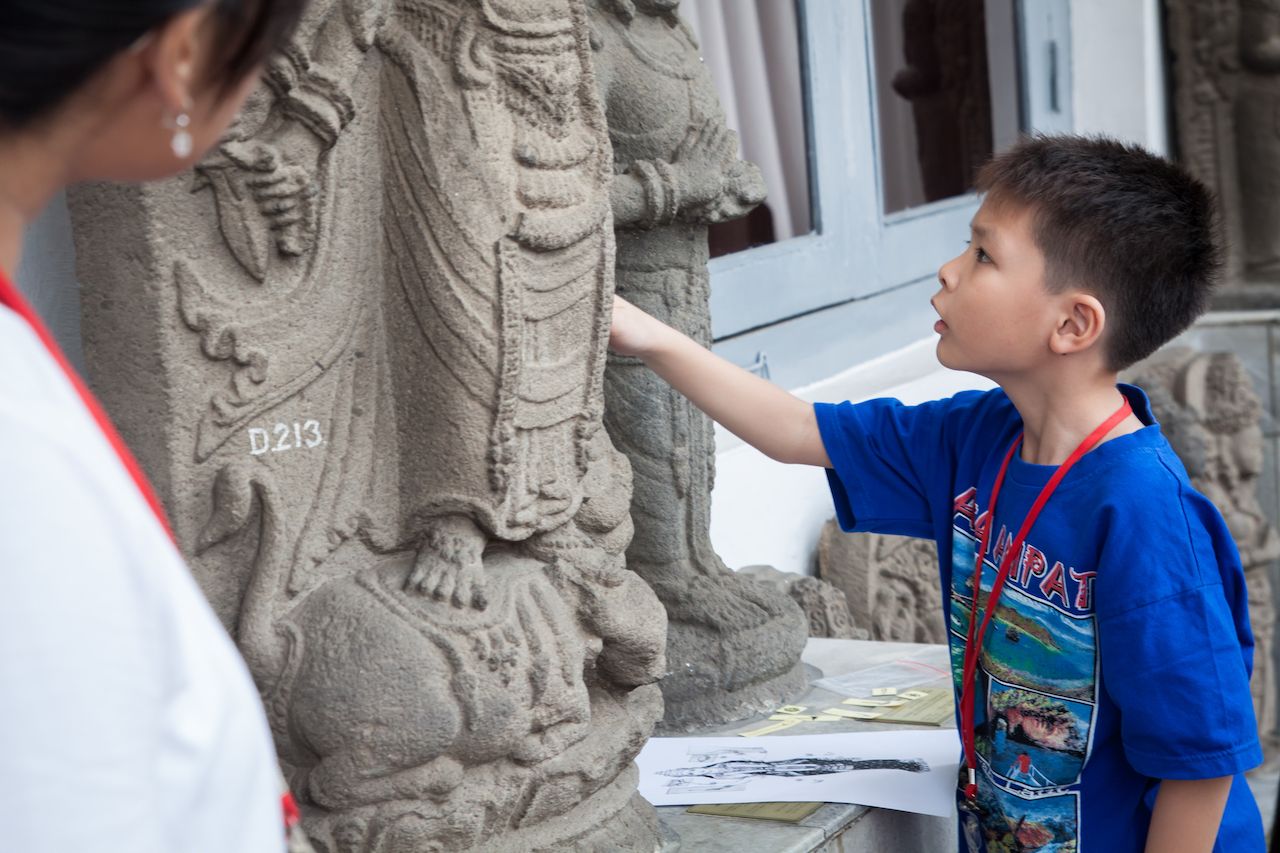
Photo: JUAN HERBERT GIRSANG/Shutterstock
Kids who are interested in others’ stories are often fascinated by history — and history is everywhere. There’s likely to be a historical museum wherever you go, sometimes offering tours of the facility or neighborhood walking tours. They may even be geared to kids. Boston By Little Feet, a subset of the non-profit Boston By Foot, offers kids’ tours Thursdays through Sundays for $10. Talk about cheap tuition. Many historical tours are even free.
If your child has read Percy Jackson’s books or seen Wonder Woman, they might be into Greek mythology. You don’t need to take them all the way to the Parthenon in Athens, though. The Metropolitan Museum in New York has a massive Greek section, as do plenty of other museums around the country. If they’re studying ancient Egypt in school, check out the Rosicrucian Museum in San Jose, California, which — surprisingly — has the biggest collection of Egyptian relics in the western US.
Again, you don’t need to be in a major city. Even the small town of Boalsburg, Pennsylvania, claims to be the birthplace of Memorial Day and boasts the Boal Mansion Museum, Columbus Chapel, and the Boalsburg Heritage Museum.
Head for the great outdoors.
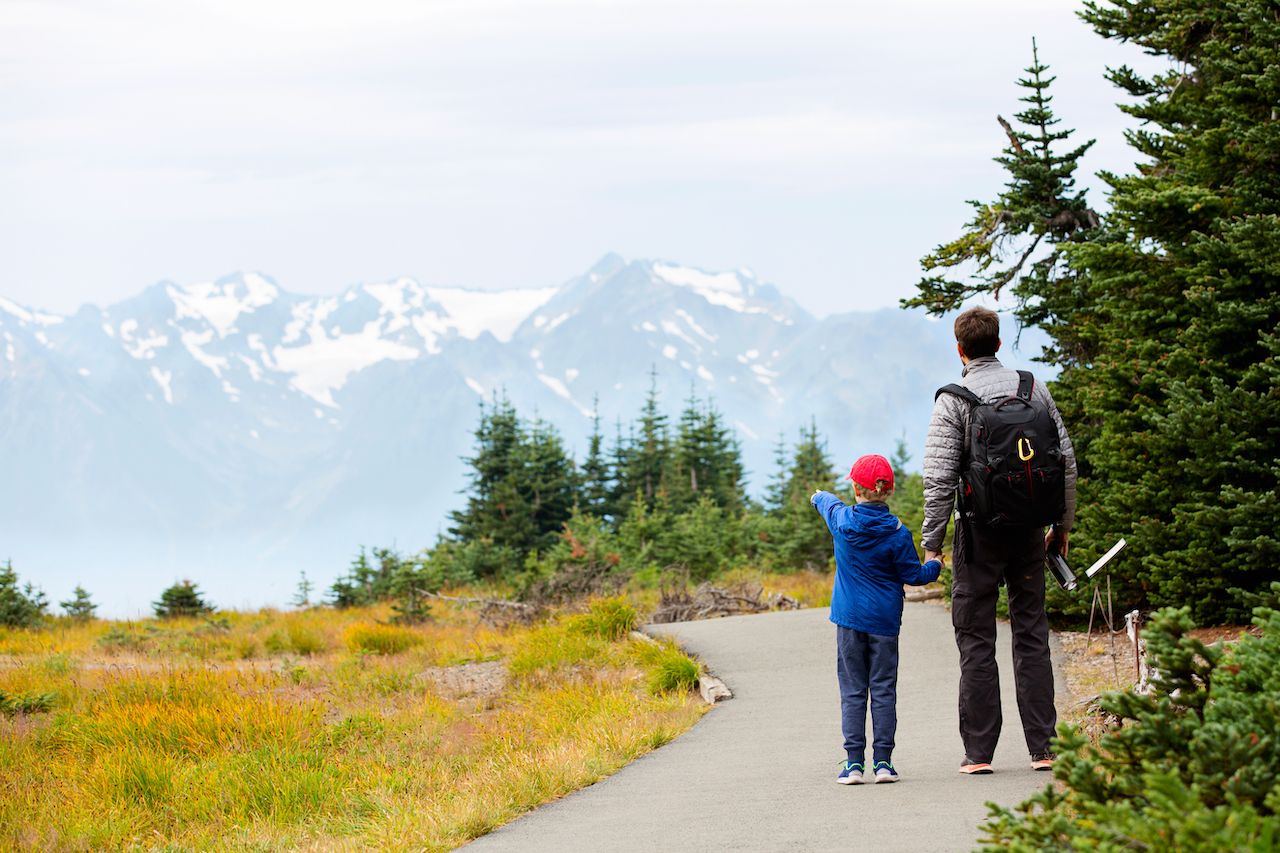
Photo: Aleksei Potov/Shutterstock
Most kids love to be outdoors. But while “family-friendly” destinations like all-inclusive beach resorts are indeed friendly and easy to navigate, they can also be expensive and quite sanitized. Perhaps the opposite of branded destinations is the great outdoors.
The outdoor recreation economy continues to grow, and ever more new parks and recreational destinations are opening up. Even if you don’t have the funds or the time or the means to travel to a famous national park, you could volunteer some time sprucing up one in your area. It’s a staycation with community benefits, and you can knock off some of those volunteer hours many schools require.
Let your child pick the park, research volunteer opportunities, and find the best dates and times. Many volunteer programs happen on the weekends. This past year, Americans invested nearly 16 million volunteer hours working for parks and nonprofit groups, and governments spent over $7 billion on parks and recreation centers. So stay local and go to the park.
Get adventurous.
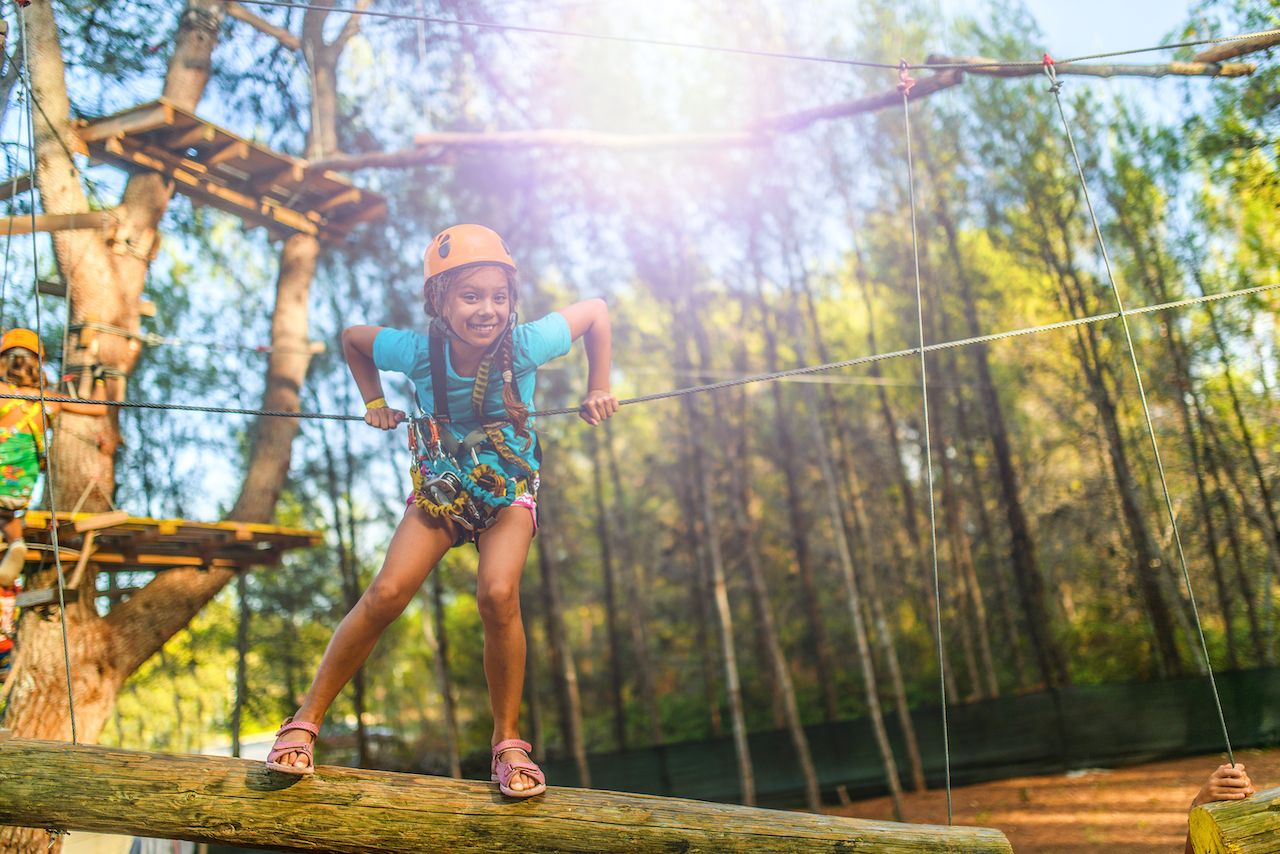
Photo: BestPhotoStudio/Shutterstock
Many adults are finding their inner kid as they start bicycling, kayaking, zip-lining, wall walking, hiking, and more — so kids who love outdoor adventures become part of a multigenerational multitude out there on the trails, rivers, mountains, and dunes. Head to local, state, and national parks; find multi-use trails, many of which begin in city centers; explore rivers and streams open to the public.
Most non-wilderness areas have docent-led tours on weekends, and you may luck into a coastal bike ride tour or a kayaking tour with a local outfitter or paddling group. When your child finds an outdoor activity that calls to them, a little online research, done by the dreamer themselves if possible, can lead not only to destinations but also new personal experiences with the locals. If your child is into fly fishing, for example, a trip to NYC could include an open boat charter arranged by the Brooklyn Fishing Club or a meetup with members of the Metropolitan Fly Fishing Club.
Kids familiar with rock climbing in the West may want to take a trip to the Midwest, where boulders are elusive. The tight-knit communities of locals are often happy to initiate interested newbies, passing on treasured information only recently collected in guidebooks. In every outdoor adventure, whether close to or far from home, there’s the possibility of wide-ranging learning — about geology, climate, history, and community.
Go ahead and get inspired by Instagram.

Photo: Dado Photos/Shutterstock
If your kid is in that phase where they’re really into social media, let that work for you. Everyone’s a photographer these days, and choosing a destination that meets your child’s need to express themselves through the lens is easy, especially with Instagram.
My son is ready to plan a family trip to New Zealand, Australia, or the Bahamas based on his Instagram feed, and I’d be happy to go along for the ride. When he does, I’ll ask him to find the hotels and figure out the transportation and budget. It’s hands-on project management that, with digital tools, he should be able to manage. I’ll be choosing the restaurants, though.
Combine travel with summer camp.

Photo: Iakov Filimonov/Shutterstock
Another tip is combining travel with your child’s summer camp. Let your kid experience high-quality instruction in their field while the grownups explore another aspect of the destination. Depending on the destination, spending an extra day there afterward lets your kid show off their newfound expertise of the local area.
If you opt for a day camp — like Girls Rock Santa Barbara, which has a photography and film summer camp that runs 9:00 AM to 3:00 PM that will set you back just $400 — then you can explore the area while your child is at camp and then enjoy evenings together. Other film camps, as an example, are in cities like Austin, the birthplace of South by Southwest, and Los Angeles, where Venice Arts runs a summer media arts camp that’s free for low-income families.
Use movies to your advantage.
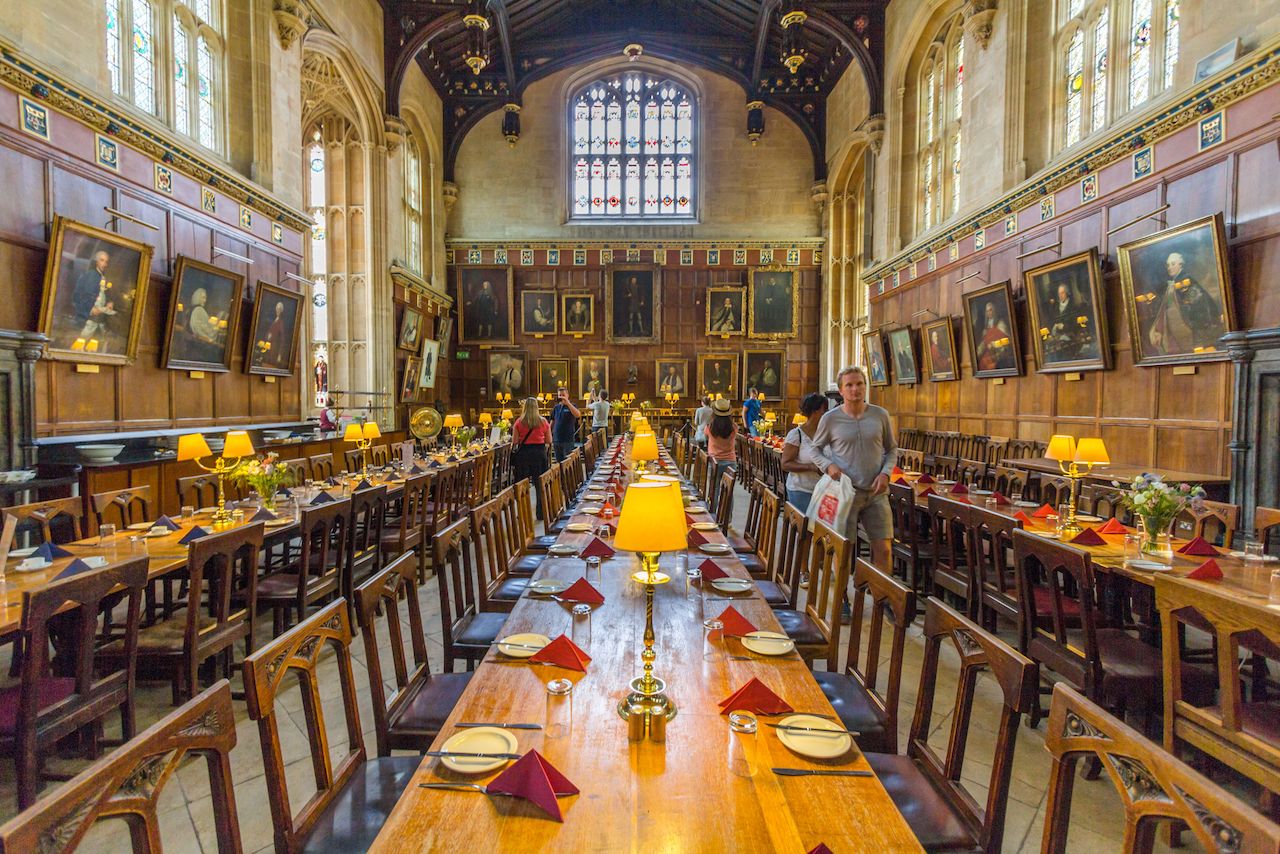
Photo: e X p o s e/Shutterstock
Choosing your own itinerary based on movie locations could be fun, too. If your kids are really fascinated with a certain film, why not tour a city or wilderness area with the goal of photographing spots memorialized in the movies? Skip the pricey tours that only take you to locations where the movies where shot, and do your own exploring. If your kid is obsessed with Harry Potter, skip the ridiculously overpriced theme park in Orlando and use that same budget to take the family to England to see filming locations in person.
Also, consider seeing films about the place you already plan to travel. Before heading to Yosemite, watch Free Solo. It will give you a new perspective on the over-7,500-foot El Capitan rock face. Have your kids do the research about what films to watch.
Make fun stops.

Photo: Traveller70/Shutterstock
If your trip involves lots of car travel, plan stops along the way and let the kids pick the attractions. Driving across the country from the East Coast to Santa Fe with young kids, we made sure to stop at all of the hilarious spots. Corn Maze? Cadillac Ranch? You bet.
But what the kids remember best was Bandelier National Monument. They were experiencing the vastness of the West for the first time and were fascinated by the idea that the ancestral Pueblo people could have lived here for 400 years before moving on around 1550. They’d been studying native peoples on the East Coast, and the differences in their stories, shaped by the environment and climate, were endlessly intriguing. Turns out history really can inspire kids.
Also, the crawl spaces and dwellings were perfect for their little bodies. The kids scrambled about like cave dwellers themselves. When you can find experiences that are physical as well as academic, you’ve got the makings of a successful vacation.
Relax and follow your kid’s lead.
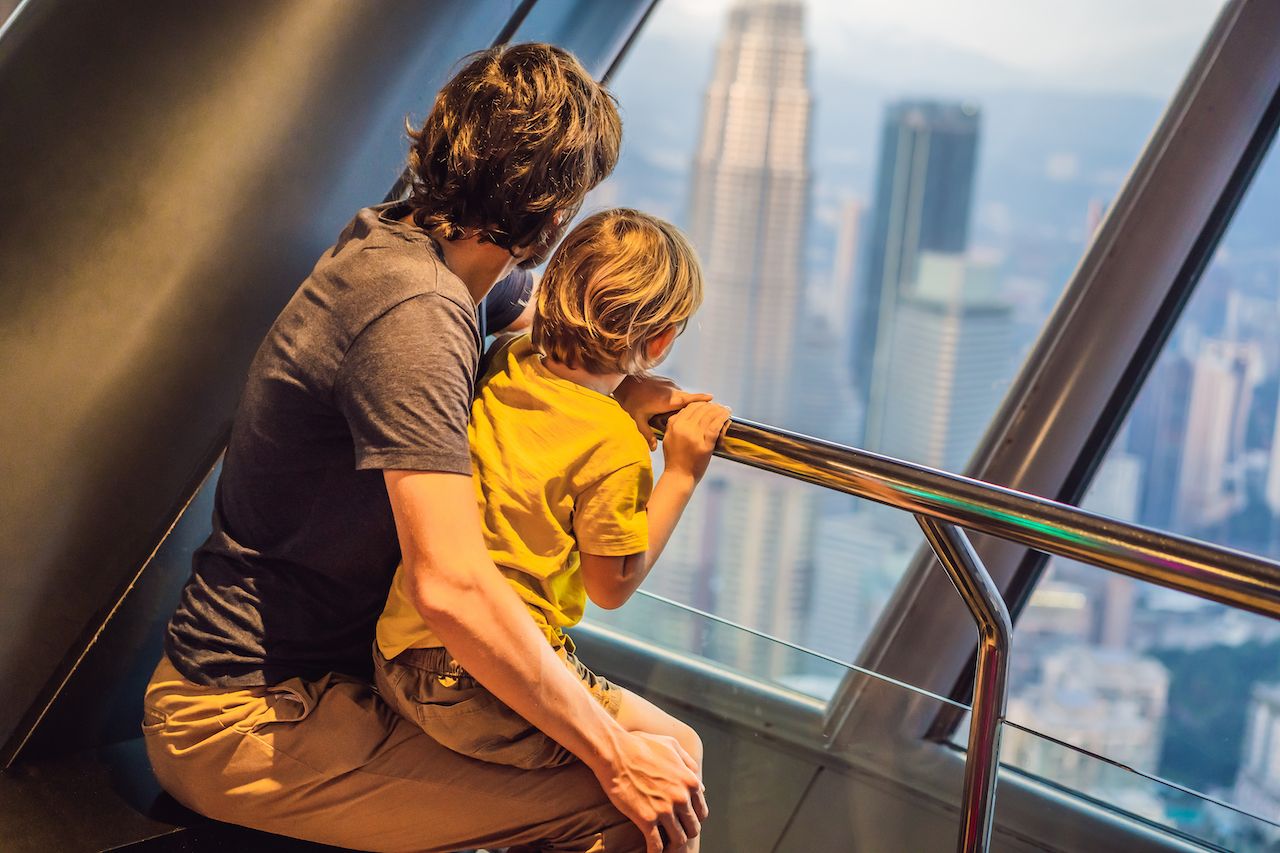
Photo: Elizaveta Galitckaia/Shutterstock
Sometimes your child may seem too young to have what we’d call “interests.” But you can still know what they enjoy. When my youngest son was two, I had to take a business trip back to Japan, where I’d spent 15 years raising his older siblings and writing. I knew my son liked machines, animals, and interesting views.
After I got my interviews done, we were free to explore from his point of view. I acted as his chaperone, rather than as a guide, making sure to just keep him safe while we explored Tokyo. I still remember how much fun it was to find the highest skyscraper with a fast elevator and terrific views of the street. We made trip after trip until he tired of it. We visited Tokyo Zoo in Ueno Park, but that lasted just under an hour. He was more interested in the huge Tokyo crows and climbing the many benches lining the paths.
As for meals, he’s always loved Asian food, so the Shin-Yokohama Raumen Museum was perfect, with multiple ramen shops and a lot of signage we of course didn’t read. Nice to have an excuse to not learn anything once in a while. This was a fantastic afternoon excursion because it also involved riding more trains, which we both loved.
In short, not having to plan for someone else, especially someone young enough to stop traffic with a temper tantrum, was liberating. We should all try it.